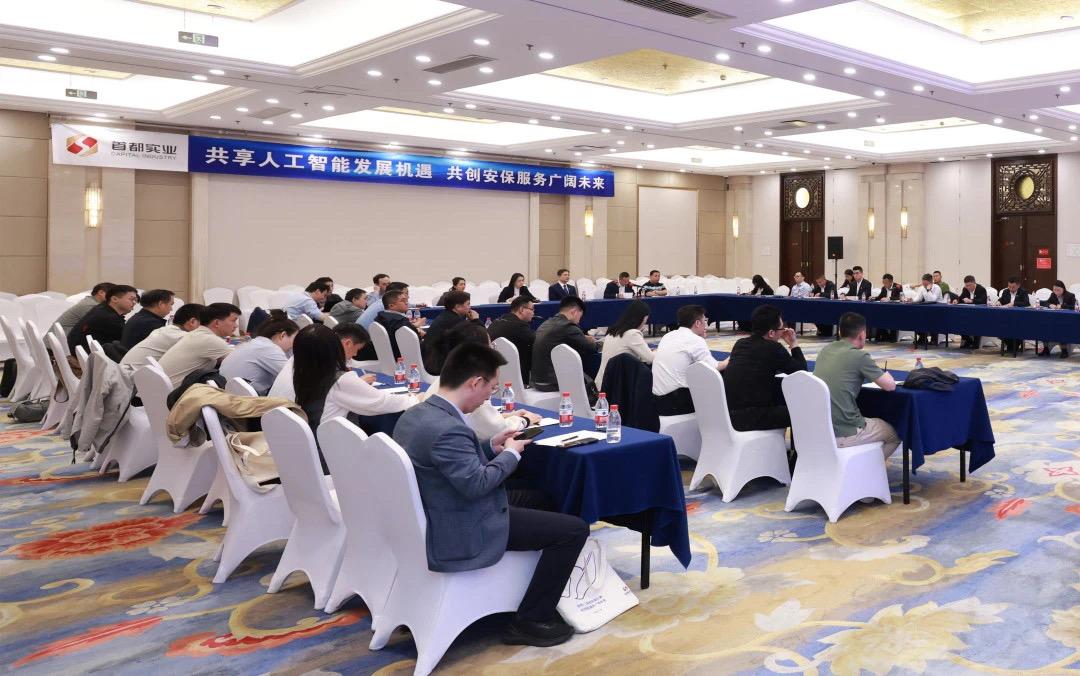China's Growing Contribution to Journal of Applied Physics

Editor's Note:?
International academic journals are an important platform for publishing scientific research results. They disseminate information on innovation and development, and preserve the human civilization. China has always attached great importance to openness and collaboration, stressing that sci-tech development should align with frontier domains and explore the mysteries of the universe for the good of humanity.?
Science and Technology Daily has launched a new column, Global Journal Observatory, with the National Science Library of the Chinese Academy of Sciences. Esteemed editors-in-chief of renowned academic journals and experienced professionals in the field are invited to share how their journal was established, its development prospects, and their insights into the discipline construction to promote scientific exchanges and sharing of research results.
Andre Anders. (COURTESY PHOTO)
By Andre Anders
The Journal of Applied Physics was started in 1931, from the realization that physics, as one of the foundational natural sciences, has profound implications for everyone's real life. When physics made incredible strides from the classical basics of Newton and Maxwell to the quantum and relativistic world of Planck and Einstein, it increasingly affected everyone's life through its applications such as the electric light, radio and radar.
At this juncture, the Journal of Applied Physics was established and has been the journal of choice for over 90 years. "Industrial physicists" reported what did not always make the headlines but enabled the incredible progress we have seen in technologies from the development of light emitting diodes or LEDs, and information storage technologies via magnetic thin films and phase change materials, to the physics of materials development in energy-generating/harvesting and storage technologies.
While the word?"technologies" appears in this explanation, the Journal of Applied Physics is not an engineering journal. Namely, it publishes research that bridges the world of fundamental science (addressing what I call the "Why?"?question) with the engineering world (the "How-to?" question). For decades, the Journal of Applied Physics has represented the standard of peer-reviewed knowledge in applied physics, and it continues to do so despite many other journals appearing in recent years.
Indeed, both broad-range journals and a plethora of highly specialized journals are available to today's researchers. Still, the work of well-known experts including Nobel Prize-winning researchers is published in the Journal of Applied Physics.
On a personal note, the papers in this journal were a must-read when I was a student in plasma and surface physics in the 1980s, and I was humbled when appointed to lead the journal as editor-in-chief 10 years ago.
The number of authors from China has steadily and remarkably increased over the last years. Not only has the absolute number of authors and papers increased, but also the fraction of contributions from China. Specifically, 36 percent of submissions and 30 percent of our publications originate from China.
I attribute this to two main factors. For one, China is a large and important country that has greatly invested in its education and research, thus increasing its research output. But perhaps more importantly, the quality of work done by China has increased very notably, leading not only to an increase in submissions but also to a much-increased acceptance rate, which today rivals that of other most advanced nations.?
The Journal of Applied Physics has always been an international journal with the editorial philosophy and policy that each submission is evaluated based on the advancement it makes to applied physics as a science.?A team of 23 editors, each an active professional researcher, addresses the journal's daily editorial needs.?Peer review by at least two independent reviewers combined with each editor's own expertise is the basis for timely decision- making.?The editorial team is diverse in all aspects, including geographic origin, and it includes editors from China or of Chinese origin.
In recent years, realizing the growing importance of China?to all sciences, including the various subfields of applied physics, the publisher and the journal and its publisher connected with Chinese colleagues through AIP Publishing's Beijing office, amplifying the opportunities open to Chinese researchers through invited papers as well as guest editorships and contributions to special?topic issues.?
The journal appreciates the great efforts by Chinese authors to present their work in a foreign language, English.?This is certainly a challenge that we see being increasingly mastered with great skill.?Since the goal is to publish the best applied physics paper, the journal offers language assistance. We realize that publishing the highest quality of science has to be done in conjunction with the effort to have all components of a publication done right, including professional graphical presentations and language quality.?
Publishing is – like all things in modern life – subject to accelerating changes. We, as a team of active researchers and editors supported by a team of professionals in publishing, embrace change. For example, we look for ways to reduce the publishing time while ensuring high standards of peer review.
I recall submitting manuscripts by post. Going all-electronic was a revolution a couple of decades ago. Now, the next revolution is in full swing. Correctly using artificial intelligence is one, and publishing various models for "open access" is another. For those and other topics, engaging with the Chinese research community is critical and we look forward to many more years of collaboration with our Chinese friends.
Another change is that 2023 marks my 10th and final year as editor-in-chief. It's been a pleasure serving the journal and I look forward to handing it over to the next editor-in-chief whose name will be announced in the new year. I also?look forward to seeing the journal succeed under this new leadership, and in particular, celebrating the success of the Chinese applied physics community.
Andre Anders has served as the editor-in-chief of the Journal of Applied Physics since July 2014.







